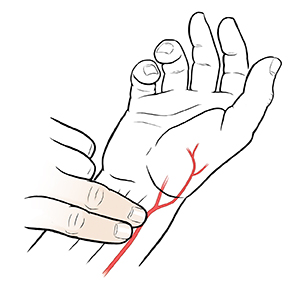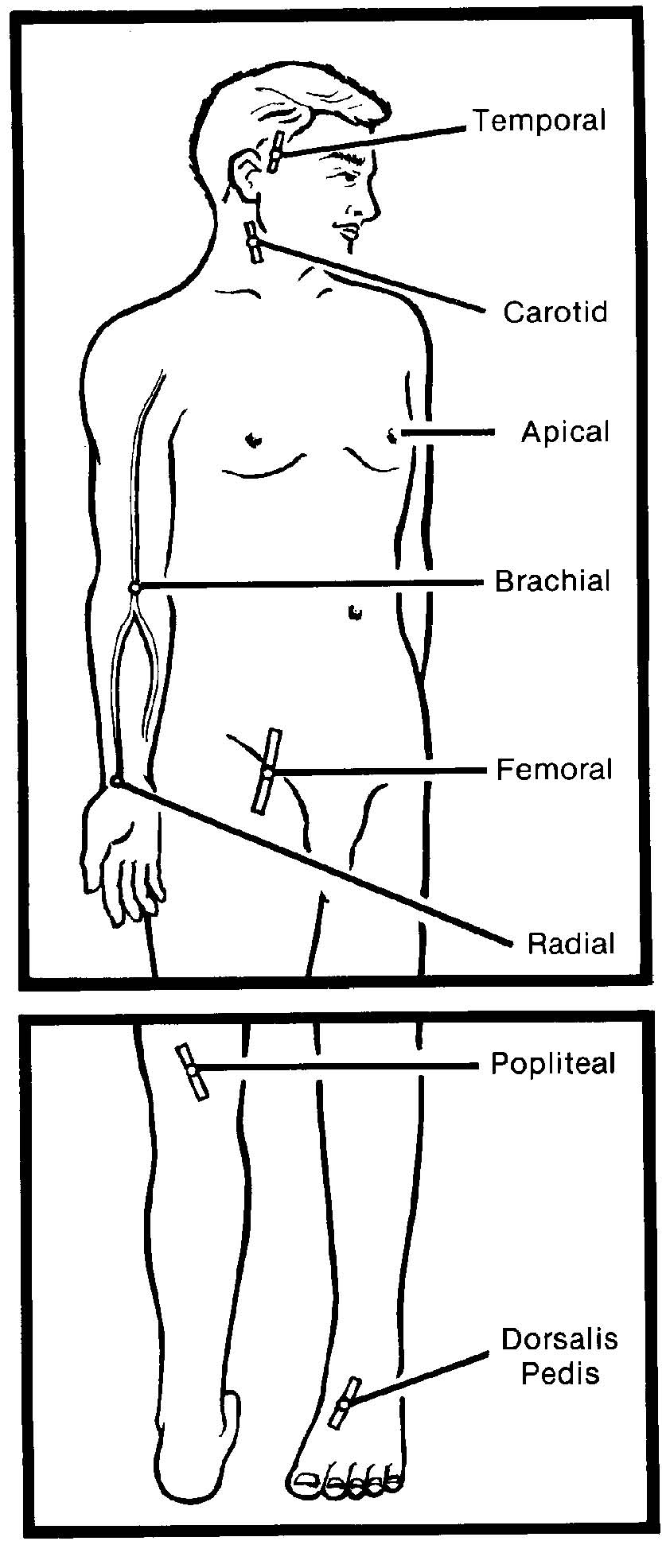What is a normal heart rate?
60-100 beats per minute.
In other words, there is no normal value. There is a normal range.
A typical resting heart rate for adults ranges between 60 and 100 beats per minute (bpm).
This range is widely accepted by both the British Heart Society (BHS) and the NHS.
In this article, we will describe what constitutes a normal heart rate, the factors influencing it, and how to check your pulse to measure heart rate accurately.
Factors Affecting Heart Rate
A ‘normal’ heart rate can vary significantly between individuals and can fluctuate from minute to minute. Key factors influencing heart rate include:
- Age and Health. Generally, younger people and those in good physical condition tend to have lower resting heart rates. Fitness can lead to a slower heart rate as the heart becomes more efficient. More details on the effects of age are provided below.
- Emotion. Stress, anxiety, and other emotions can cause a temporary increase in heart rate.
- Medication. Certain drugs can influence heart rate. For example, beta-blockers (e.g., Bisoprolol) are designed to lower the heart rate, while some calcium channel blockers (e.g. Amlodipine) and other vasodilators (e.g. Hydralazine) may raise it.
- Body Position. Heart rate can increase when moving from a sitting to a standing position, but it typically returns to normal after a few minutes.
- Temperature. An increase in body temperature can cause the heart rate to rise as well.
Bradycardia and Tachycardia
There is no universal definition for these terms, but most clinicians accept the following:
- Bradycardia: Heart rate <60 bpm
- Tachycardia: Heart rate >100 bpm
Exercise, Fitness, and Pulse Rate
It’s important to note that bradycardia or tachycardia does not always indicate a medical problem. For example:
- Highly fit athletes may have a resting pulse below 40 bpm, which is normal for them.
- During physical activity, a heart rate exceeding 150 bpm can be entirely normal.
Note: A resting heart rate of 150 bpm is not typical and is usually indicative of a condition like supraventricular tachycardia (SVT).
How to Check Your Pulse
A pulse can be felt anywhere an artery is close to the surface of the skin. The most common site is the wrist, where the radial artery is located, but it’s not necessarily the easiest to palpate. Here’s how to check your pulse at the wrist:
- Use the pads of your index and middle fingers.
- Press lightly over the radial artery (located on the thumb side of your wrist).
- Count the beats for 30 seconds and multiply by two to get the beats per minute.

Other Pulse Points
In addition to the wrist, pulses can be felt at several other locations, including:
- Carotid pulse (neck)
- Brachial pulse (inside of the elbow)
- Temporal pulse (side of the head).

Effect of Age on Heart Rate
Heart rate norms differ across age groups:
- Newborns: 100–205 bpm
- Infants (under 1 year): 100–180 bpm
- Toddlers (1–2 years): 98–140 bpm
- Preschool children (3–5 years): 80–120 bpm
- Children (6–7 years): 75–118 bpm
- Older children and teens: 60–100 bpm
- Adults: 60–100 bpm.
Understanding these variations is crucial for accurately assessing heart rate and diagnosing any abnormalities.
Summary
We have discussed normal human heart rate, factors that affect it, and where to feel the pulse(s). We hope it has been helpful.

